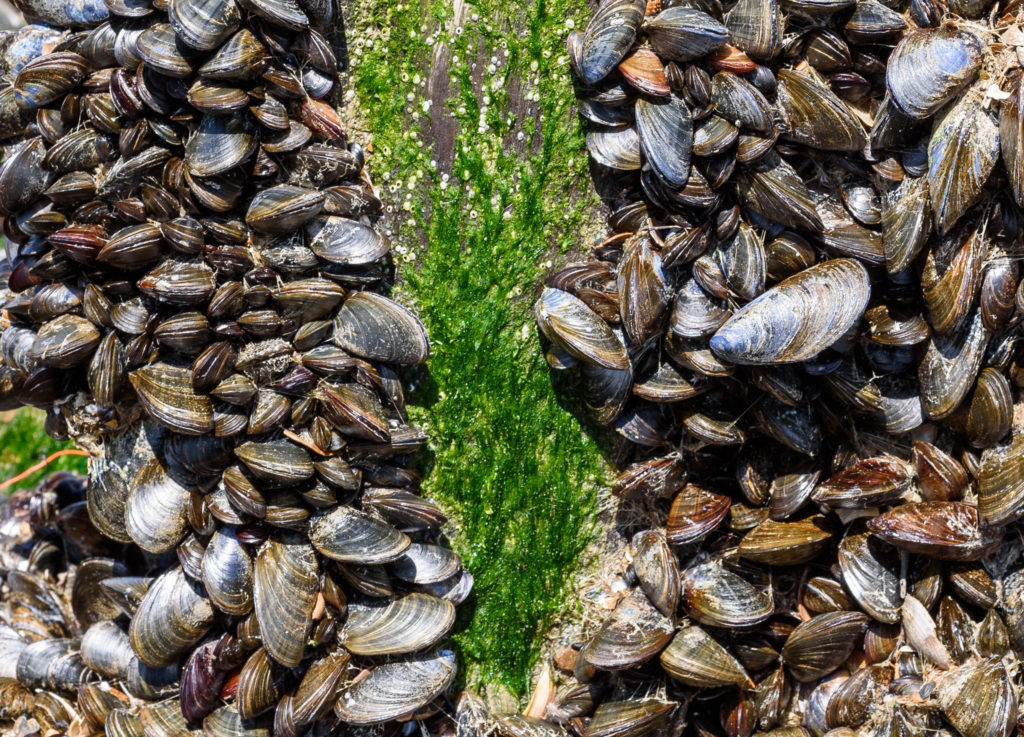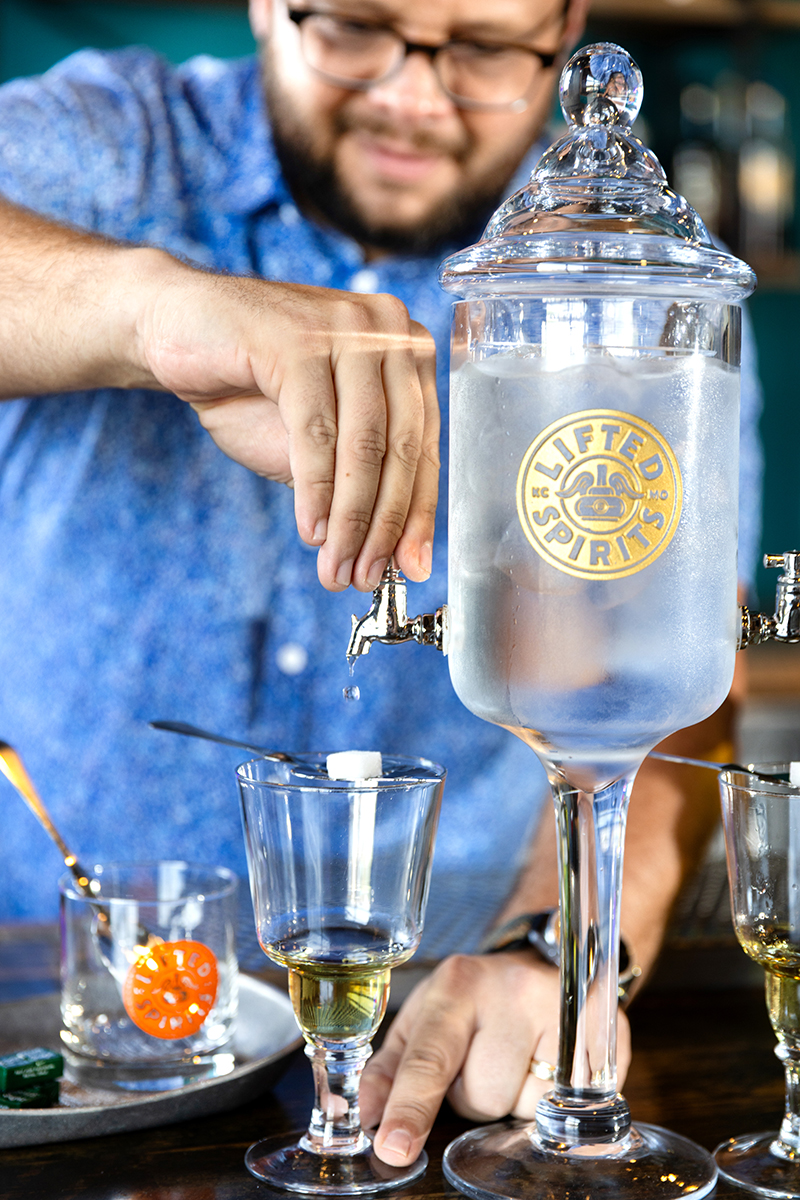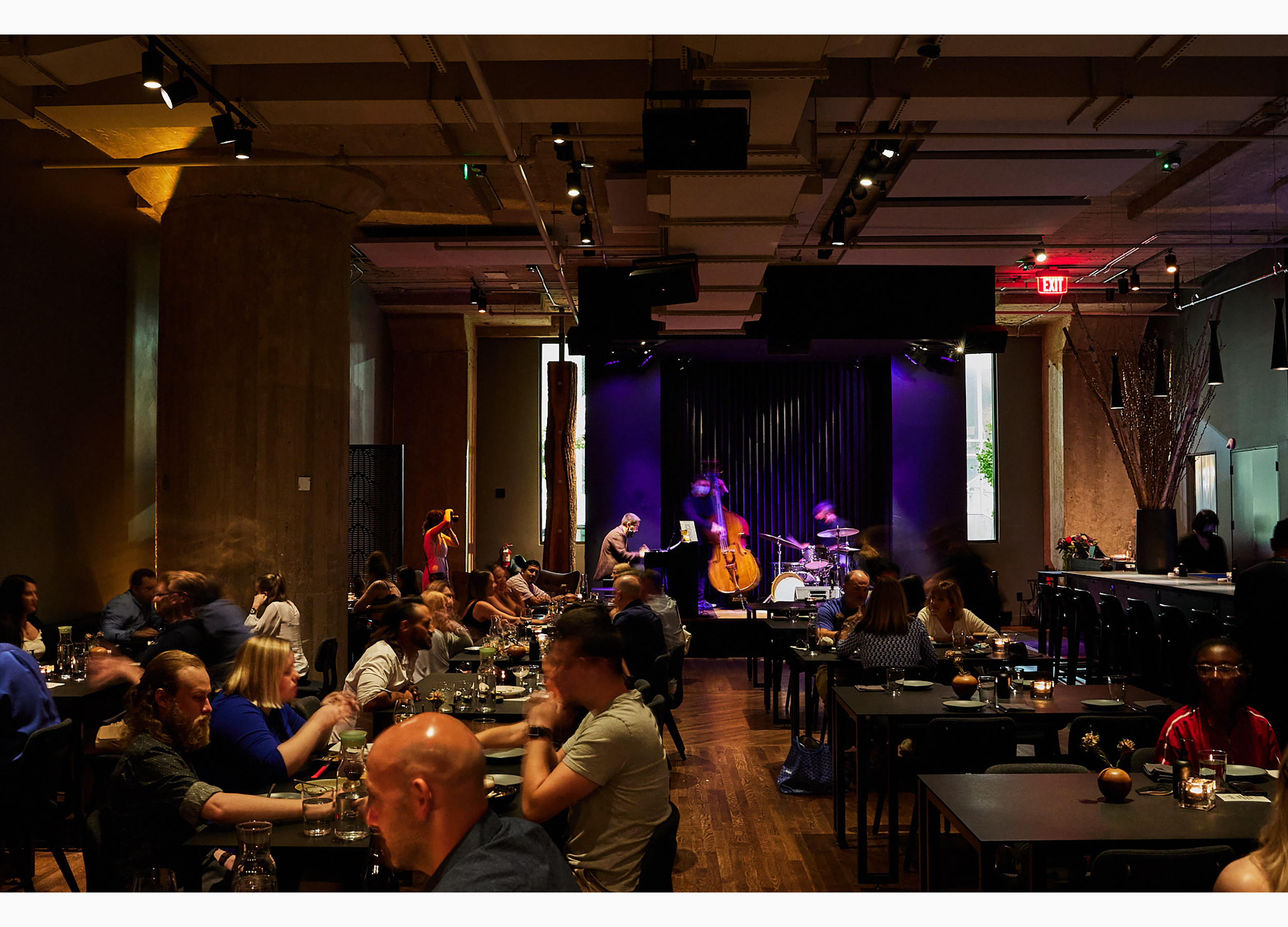Many people think of mussels as something you find in the ocean and fry in France or boil in a black bean broth in China. But mussels are a broad category of bivalve mollusks found in rivers, ponds and lakes all over North America—or they should be, at least.
Right now, scientists consider seventy percent of all mussel species to be imperiled, according to the Kansas City Zoo, which is working to change the situation by propagating and reintroducing local species in Missouri.
“[Mussels] have a couple of things going against them, along with overfishing or over-collecting,” says Sean Putney, CEO and executive director of the Kansas City Zoo. “In this century, there’s less of a concern about overfishing, but there are still issues with water pollution, and so the healthier your waterway is, the better it is for the mussels. They’re your indicator on water quality.”
Wildlife conservation is a priority at the Kansas City Zoo. From improving wildlife habitats in the Kinabatangan rainforest in Borneo to supporting the penguin population in Peru, the zoo’s efforts can be seen worldwide.
“Zoos usually do a lot of conservation work on international animals,” Putney says. “I wanted to do something somewhat local.” According to the Kansas City Zoo, nearly half of Missouri’s mussels are threatened.
So, since 2007, the zoo has been growing younger mussel species, either of endangered or threatened status, in a lagoon at the zoo. The efforts are directed by zookeeper Tracy Divis.
“We’re talking freshwater mussels, not the mussels you eat in restaurants,” Divis says. “Everybody thinks, ‘Are these the ones you can eat?’ Well, if you’re starving, cover them up with every condiment you love. Only eat them if you’re really hungry.”
“Since Kansas City is a cow town,” Divis explains, “it’s like we get a calf that’s just been weaned, and the lagoon is the feedlot. We get the calf to grow up to market size, and then it gets shipped back to its original river.”
The zoo lagoon’s FLUPSY, Floating Upweller System, keeps the mussels clean and fed. Mussels are filter feeders. They eat by catching tiny food particles from the water around them, “algae, bacteria, things that float through the water,” Divis says. Then, they filter the waste back out through a different tube.
The program is simple and cost-effective. The mussels live in a small setup of bins in the zoo lagoon. The biggest costs are “time, a little bit of electricity and making sure we have appropriate pumps that can run the system,” Putney says. “Our system is pretty simple, but it works.”
It’s also effective. As of January 1, 2017, the project had reintroduced more than nineteen thousand specimens across four states. Mussels can accumulate pollutants from their environment. “I’ll call them the canaries in the coal mine,” Divis says, because a mussel’s presence is often a sign of a healthy river.
“They’re an indicator species to how ecosystems are thriving or not,” Putney says. “If you don’t have a lot of mussels in your waterways, chances are something’s wrong. They’ll pass away with poor water quality.” Analyzing mussels can help scientists understand which chemicals are affecting our water sources and lead to better protections for all Missourians.
The Kansas City Zoo works with the Missouri Department of Conservation and the U.S. Fish and Wildlife
Service to release the mussels back into appropriate water sources.
“It’s easy to talk about pandas and rhinos while an ordinary-looking clam is a little harder to talk about,” Divis says. “It’s nice to have an institution that supports something like this.”
Putney adds: “This is one of the original programs the zoo committed to. Everybody likes to point to the cute and fuzzies, but the animals that nobody sees aren’t any less important.”





